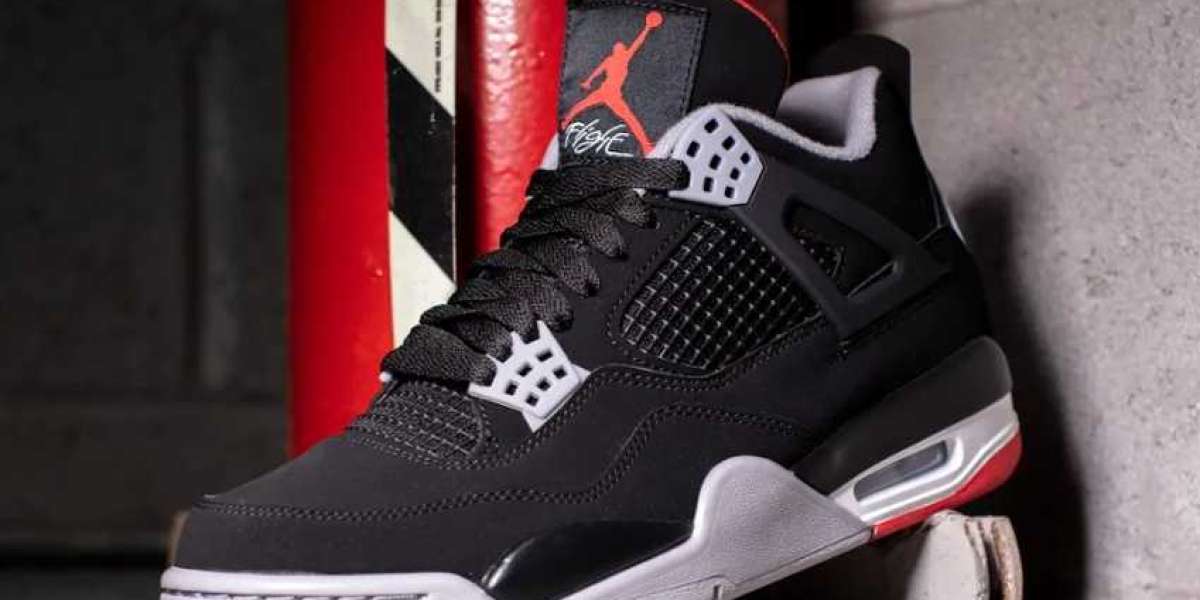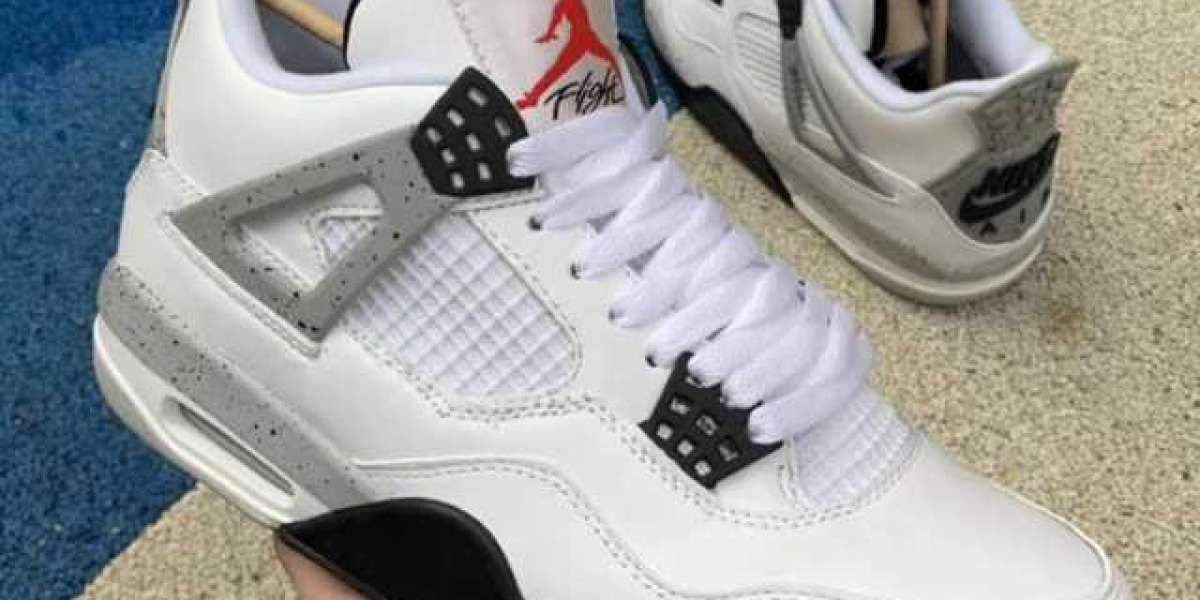When it comes to pocket knives, there is more than meets the eye. These versatile tools have a fascinating anatomy that goes beyond their compact size. From blade materials to locking mechanisms, each component plays a crucial role in the overall functionality and durability of a pocket knife.

The Blade: The Heart of a Pocket Knife
The blade is the most essential part of any pocket knife. It determines the cutting performance and overall strength of the tool. Pocket knife blades are typically made from various materials, including stainless steel, carbon steel, and high-carbon stainless steel.
Stainless steel blades are known for their corrosion resistance and low maintenance. They are ideal for everyday tasks and outdoor activities. On the other hand, carbon steel blades offer superior sharpness and edge retention but require more care to prevent rusting. High-carbon stainless steel blades combine the best of both worlds, providing excellent corrosion resistance and edge retention.
Furthermore, pocket knife blades come in different shapes, such as drop point, clip point, and tanto. Each shape has its advantages and is suitable for specific tasks. For example, a drop point blade is versatile and suitable for general use, while a tanto blade excels in piercing and slicing tasks.
The Handle: Ergonomics and Grip
The handle of a pocket knife is responsible for providing a comfortable grip and ensuring safe handling. It is typically made from materials like wood, plastic, or metal. The choice of handle material depends on personal preference and the intended use of the knife.
Wooden handles offer a classic and natural look, providing a warm and comfortable grip. Plastic handles, on the other hand, are lightweight and resistant to moisture, making them suitable for outdoor activities. Metal handles, such as stainless steel or titanium, offer durability and a sleek appearance.
In addition to the material, the handle design and ergonomics play a crucial role in the overall comfort and control of a pocket knife. Some handles feature textured patterns or finger grooves to enhance grip, while others have ergonomic shapes that fit the contours of the hand.
Locking Mechanisms: Ensuring Safety and Stability
One of the key features of a pocket knife is its locking mechanism, which ensures that the blade remains securely in place during use. There are various types of locking mechanisms, each with its own advantages and characteristics.
One common locking mechanism is the liner lock, which utilizes a spring-loaded metal liner to lock the blade in the open position. It is easy to use and provides a secure lock. Another popular mechanism is the frame lock, where a portion of the handle moves to lock the blade. It offers a strong and reliable lock.
The back lock, also known as the lockback, is another widely used mechanism. It features a notch on the back of the blade that engages with a spring-loaded latch on the handle. This mechanism is known for its strength and safety.
Other locking mechanisms include the axis lock, ball bearing lock, and compression lock, each offering unique advantages in terms of ease of use, strength, and ambidextrous operation.
Conclusion
From blade materials to locking mechanisms, the anatomy of pocket knives is a fascinating subject. Understanding the different components and their functions can help you make an informed decision when choosing a pocket knife that suits your needs.
Remember to always consider the blade material, handle design, and locking mechanism when selecting a pocket knife. Whether you need a versatile tool for everyday tasks or a reliable companion for outdoor adventures, there is a pocket knife out there that will meet your requirements.
For more information on pocket knives and their anatomy, you can visit the following credible sites:








